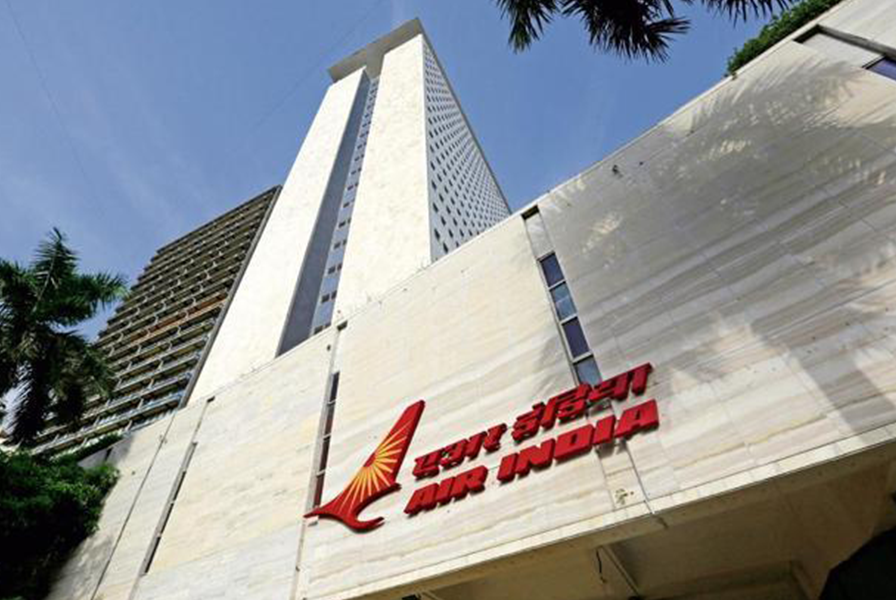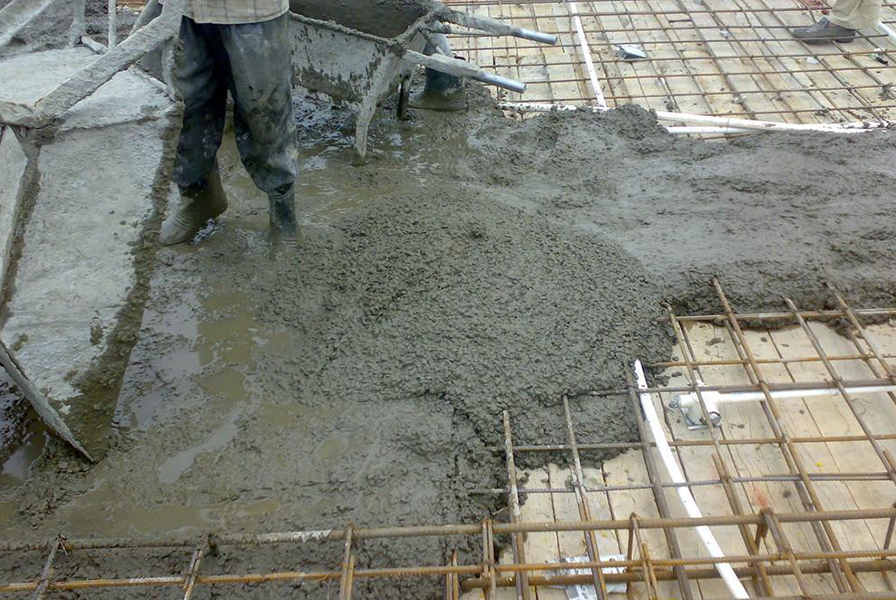
The clearness and automation brought about by the new GST tax regime and the real estate laws by RERA are encouraging more people to buy property in India. Further, the introduction of the computerized property registration system in the country has eased and quickened the process of property registration, attracts more buyers to invest in the Indian real estate. These computerized systems have also eliminated the need to deal with a middleman and made the valuation process more transparent. However, there are certain essential steps that despite the computerized systems, a property buyer has to follow to legally complete the ownership of the house. Given below are the steps that one has to follow to get the property registered and become a lawful owner.
- Property Verification:The first step towards getting a property registered in India is to get the title of the property verified first. The buyer should know the actual owner of the property whether it is the first sale from the developer or second sale through broker or real estate agent in India. In case of purchasing a property from a previous owner, one should have full knowledge about the first owner as he/she would be having the earlier registers property documents. The buyer is obliged to get the property and its title verified before proceeding further for property registration.
- Property Value Estimation:The next step to getting a property registered in India is to get its actual value estimated by a professional. Get this estimated value verified with the guideline value or circle value in the area. This property estimation step is crucial as the stamp duty price has to be paid according to the property value. The stamp duty that one is entitled to pay is calculated based on the area circle value and the estimated property value (whichever is higher).
- Stamp Paper Preparation:Once the property buyer has got the value of the property estimated, the next step he/she has to take is to get the stamp papers prepared. To do this, one has to calculate the stamp duty on the property and stamp papers prepared equivalent to the price of the stamp duty one has to pay. The buyer has to purchase non-judicial stamp papers either online from e-Stamp papers or in person from the licensed stamp vendors.
- Property Sale Deed Preparation:After that, the buyer has to get the sales deed prepared. A property sale deed, aka conveyance deed, contains all the details and information about how a seller got hold of the property and the consideration for the sale of the property. It established the main proof of ownership of the property to the buyer and enables him/her to further sell it to another property buyer in future.
- Deed & Stamp Paper Registration:As the stamp papers and the sales deed are prepared, it is time for the buyer to get these documents registered. To get the property sales deed registered in India, one has to visit the sub-registrar office. Both the parties (property buyer and property seller) have to approach the sub-registrar’s office along with two witnesses to get the sale deed registered. Everyone is required to carry their identification proofs, photographs etc., along with the original copy and two photocopies of the deed to get it registered.
- Property Registration Completion: The property registration process is completed once all the documents are submitted to the sub-registrar’s office. The buyer would receive a receipt once the submission is done and can approach the sub-registrar’s office after 7 days of deed registration to collect the original copy of the sale deed. While collecting the sale deed from the registrar, cross-check the details with the registry details and other similar data to leave no scope for error.
Write your comments






